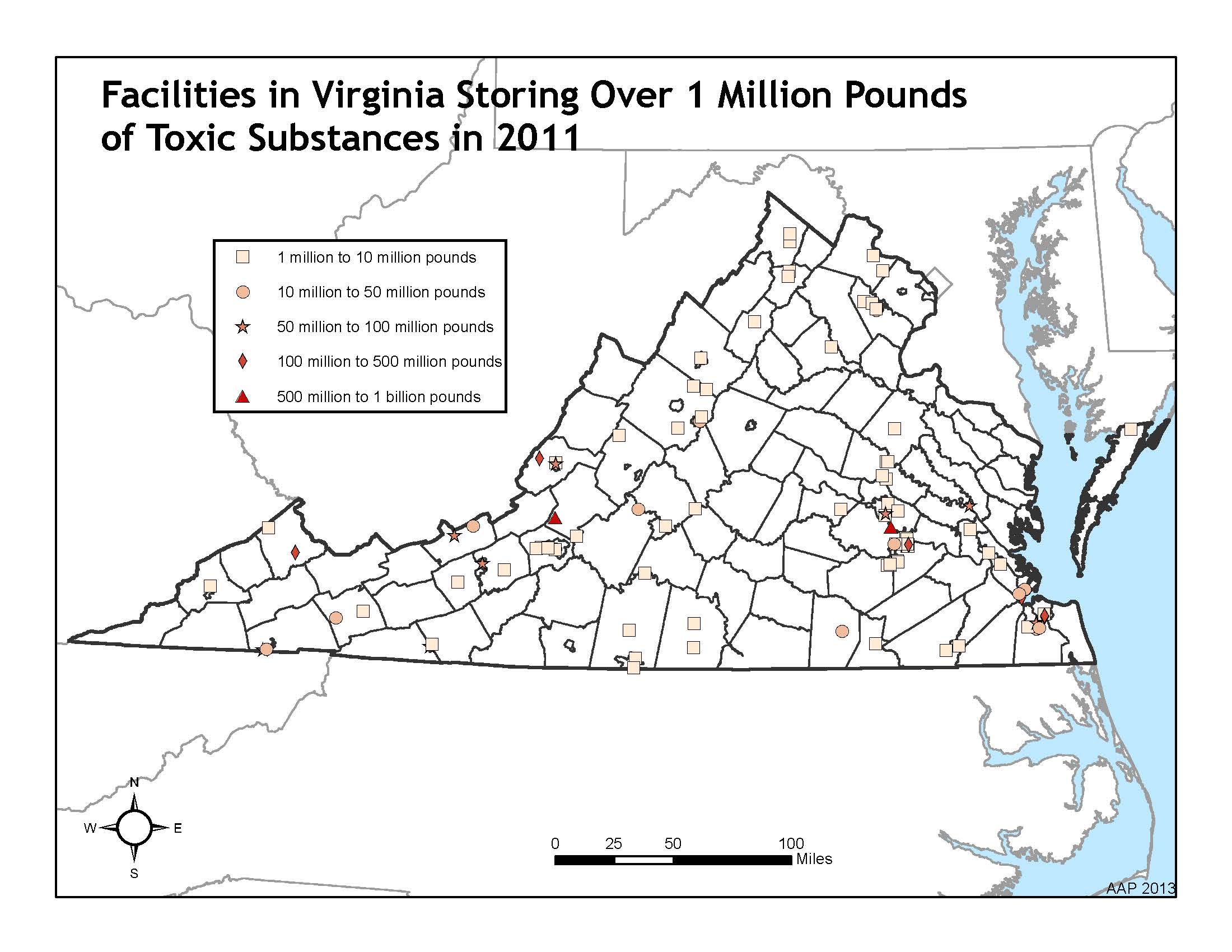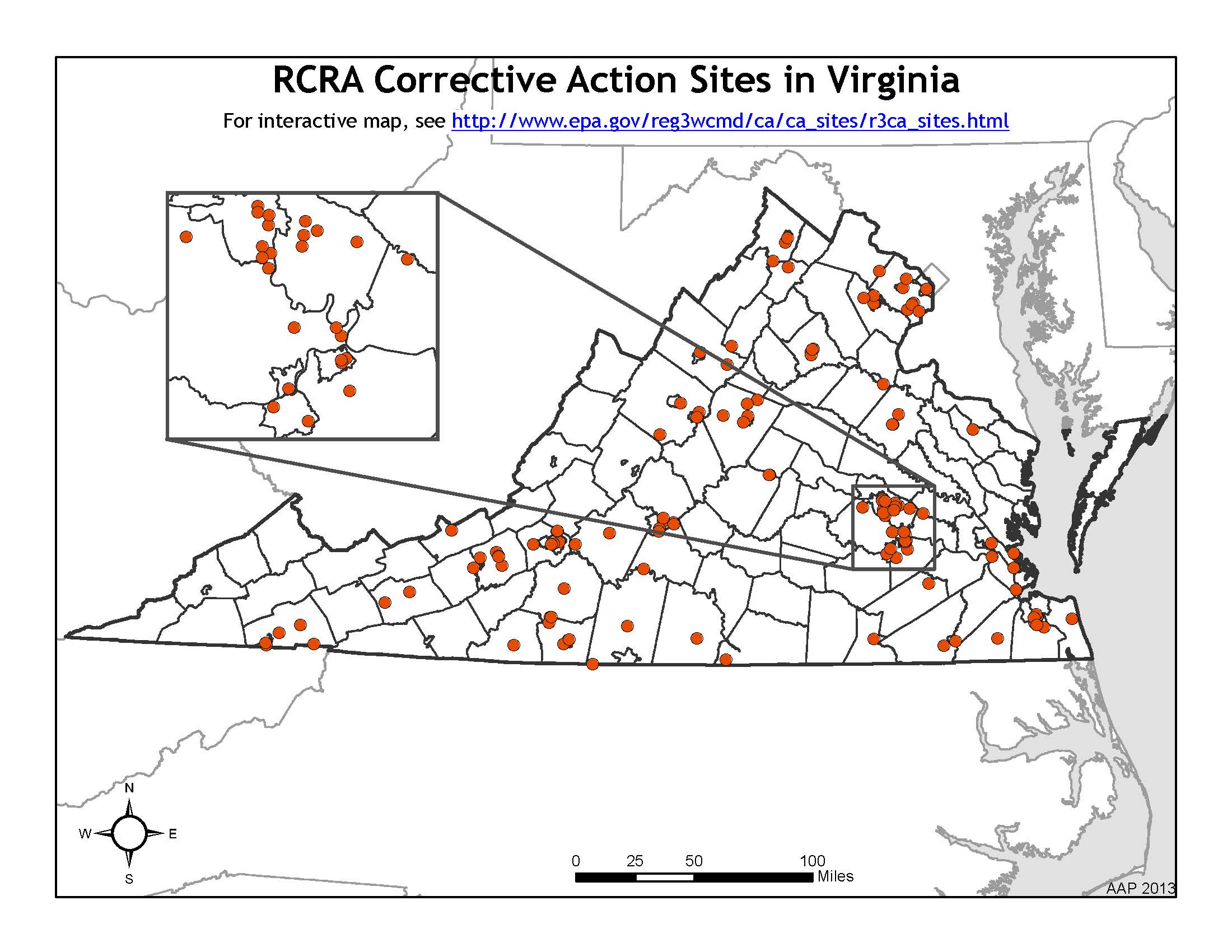Post by Jared Goldbach Ehmer ’17
This week in the SAL, we continued working with Ryan Abrahamsen from Terrain360. Last week we modified visual hierarchies on basemaps to make them more aesthetically pleasing. To do this, we used the open source program called Mapbox. Mapbox required us to code in CSS, something none of us had ever actually done. While most of us had coded in some regard in the past, it was either a new language to learn or a new experience altogether. The basemaps we created and visually modified are used to house the trails and panoramas mapping them.

View from Hollwood Rapids on part of Terrain360’s online map of the James River. Found here: http://t360.it/QN0010

Example of what a trail looks like in Terrain360. This is the Mud Creek Trail near Ancarrow’s Landing. Found here: http://t360.it/QN0010/0/0/1
This week, we were given the opportunity to actually go out and take the pictures that will go on basemaps like the ones we created. Using a Canon Rebel T3i with a wide-angle lens on a carbon fiber tripod with a 60 degree rotatable head provided by Terrain360, we were able to take wonderful and accurate panoramas. While in the field, a series of 6 portrait-aspect pictures were taken that overlapped for about a third of their girth due to the wide-angle lens. A GPS (Global Positioning System) was brought along with the camera to record where the photos were taken so the photos could then be linked to geographic coordinates. Once back in the lab, these pictures could be stitched together to form a seamless panorama and placed on a map with the attached GPS coordinates.
Ryan walked us through a few camera basics to get us all up to speed with a basic level of camera aptitude. Each panorama, or series of six shots, was unique and everything had to be adjusted for that particular location. For each series of shots, we adjusted white balance, shutter speed, and focal point. The white balance was adjusted for sunny, cloudy, shady, fluorescent, or incandescent lighting. For most of our shots, we switched between the first three outdoor Kelvin levels. Shutter speed was probably the main variable that was changed for each shot, for it may still be sunny out, but the level of light and exposure that we wanted to capture would have been different. Shutter speed is measured in seconds or fractions of seconds, our particular camera having a range of 30 seconds to one four-thousandth of a second.

There are three running trails on the campus of the University of Richmond that we photographed, the blue, the gold, and the red. These trails can be seen in the map above. In addition to the three running trails on campus, we also photographed the Gambles-Mill trail and the route you can take from it to the Huguenot Flatwater Park. The trail starts by running along the Country Club of Virginia golf course, eventually meeting River Road at the River Road Shopping Center.
We crossed River Road over to Huguenot Road and followed it down all the way across the Huguenot Memorial Bridge. Then we followed the cloverleaf exit and took the left onto Riverside Drive and then a quick right onto Southampton Road to arrive at Huguenot Flatwater Park. Because each panorama needed to be about 20-30 feet apart and customized accordingly, even a simple walk around half the lake could take about two and a half hours to capture fully.
In the coming week, we will be both stitching the photos together to form the actual panoramas and placing them on the basemaps with the geographic coordinates. We have tried a few so far and are still working out kinks with the process. However, the “mess ups” are pretty cool to look at! To see our work and all the other places that Terrain360 has covered, go to http://www.terrain360.com/.

Attempt at stitching a panorama of the bridge on the Blue Trail over the lake
This project was interesting to us not only because it helps an organization doing cool work, but the skills we are learning are very applicable to other projects we might do. In terms of technological application, this project exhibits directly correlation to utilization in both Virtual Tours of Campus as well as a Virtual Tour Showing Students the way to Huguenot Flatwater Park. The virtual tour of campus would be beneficial for prospective students and especially for students that are unable to travel to visit the campus in person. Having a photographed route to Huguenot Flatwater could also encourage more students to make the trip down to Huguenot Flatwater Park.
















